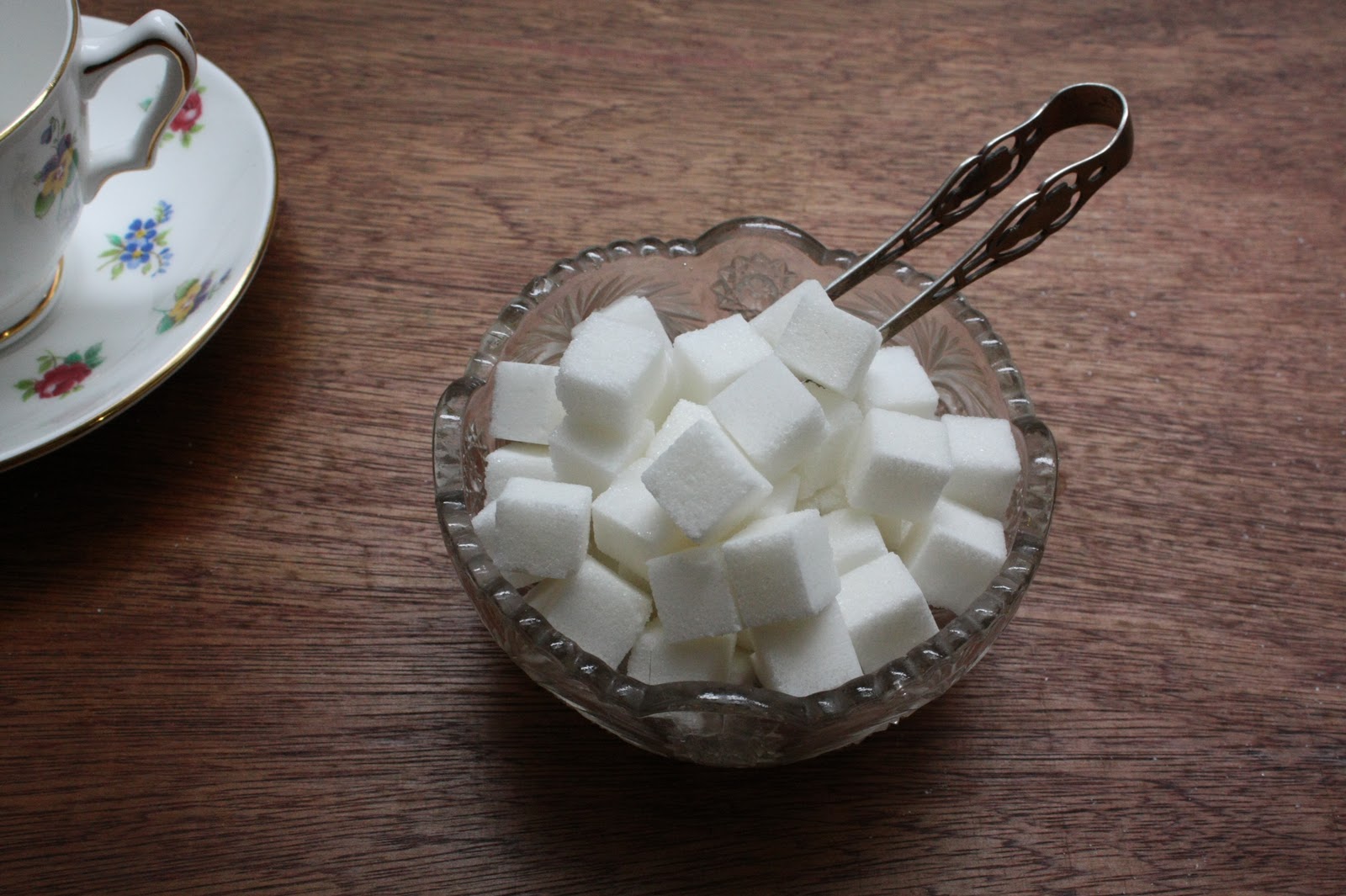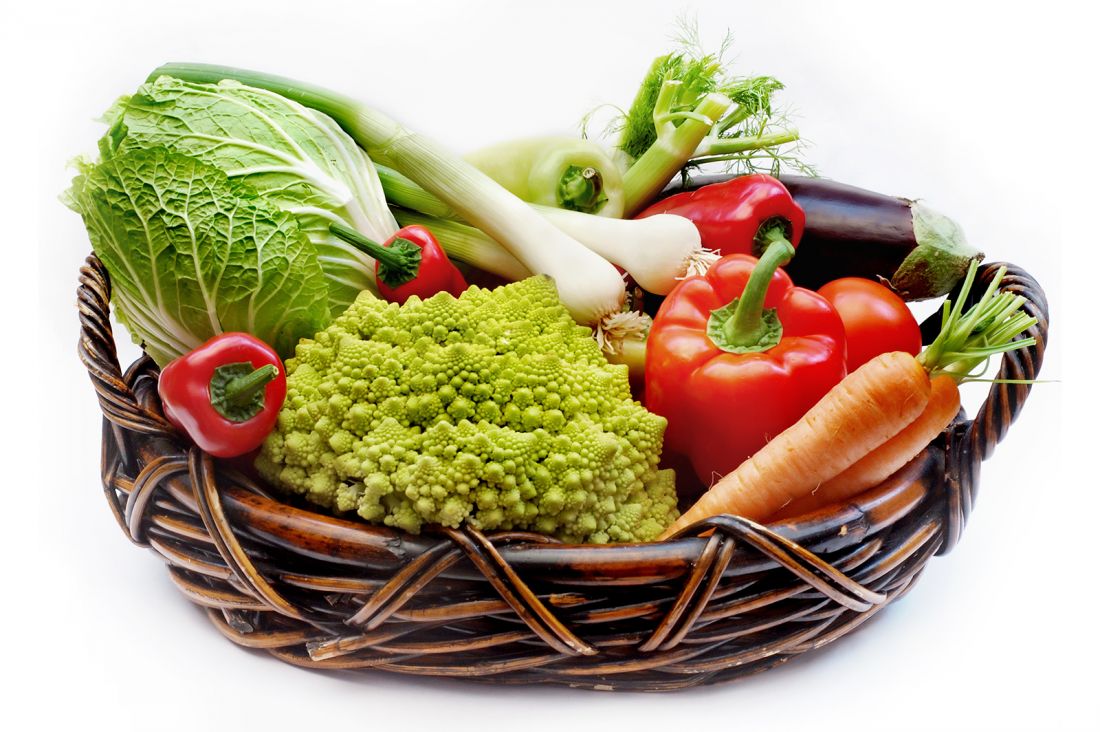An inspiring article about how you can lose weight naturally and easily by Sandra Pawula, a blogger and fitness enthusiast.
[dropcap]I[/dropcap] don’t believe that beauty depends on color, size, or shape. Each of us is born with an inherited body type that ranges from skinny to medium build to curvy. The sooner we reject modern propaganda about the perfect size, and embrace our own nature-given physique, the better.
This is not easy, I understand. But only you can stop the self-hate and begin to love and accept your body as it is. What better time than right now?
So I want to be clear I’m not writing this blog post to promote a specific body size or type as the “right” one.
I know for myself, however, that I don’t feel my best when I mindlessly let the pounds pile up from over eating sweets and carbs. For me, eating the wrong foods in excess shows up as aches, pains, and fitful sleep. My blood sugar markers increase, heading me straight toward pre-diabetes. I feel like I have no willpower or control and it negatively impacted by weight loss.
But I was able to turn my weight gain around at the beginning of this year. I lost 22 pounds in four months and have subsequently maintained the weight loss. I know that there isn’t one “right” way to lose weight, but perhaps hearing my story will inspire you to begin and find the best way for you.
1. Planting the Seed
I had inched up to 139 pounds eating too many sweets and carbs. I felt stuck at that weight and wasn’t making a conscious effort to lose pounds. When my sister came for a visit, I witnessed how she mindfully approached food, which greatly inspired me. A seed of possibility was planted during my sister’s visit.
What could plant a seed of possibility for you? What would motivate and encourage you?

2. Finding the Right Diet
Although the seed had been planted, it didn’t germinate for a few months. As synchronicity would have it, at the beginning of the year, I stumbled upon the Ayurvedic approach to diet once again.
This system assigns foods depending upon your native constitution and/or current imbalances. I can’t follow the Ayurvedic prescription for my body type strictly as too many of the suggested foods trigger symptoms. I need to listen to my body as the final determinant of what’s actually good for me.
But having this structure kickstarted my weight loss. I began to eat more of the foods that harmonize with my constitution (Vata-Pita) and reduce the foods that irritate it.
In February, I began to work with a medical intuitive, which helped me design a diet best suited to address my health challenges as well as my desire for weight loss. The intuitive wasn’t 100% on target, but she moved me in a positive direction. I call this diet “paleo lite.” I eat an abundance of vegetables and fruits, small amounts of fish, a limited number of nuts, and healthy fats. I stay away from high histamine, fermented, or moldy foods, which produce inflammatory symptoms in my body.
I would prefer to be vegetarian, but that’s not possible since grains and beans induce pain and a variety of other symptoms in my body. At the same time, I don’t do well with large amounts of animal protein, hence “paleo lite.”
These are some of the other resources that have helped me on my journey to finding the right diet for me.
Alison Vickery is a health coach who specializes in histamine intolerance, mast cell activation, and chronic fatigue. I haven’t worked with Alison personally, but I’ve learned so much from reading her blog posts. She offers an excellent and free histamine intolerance food list. Her low histamine cookbooks are loaded with helpful information and delicious low-histamine recipes. I love her low histamine Super Nutrient Smoothies e-book and Nourished, which contains 30 recipes for low histamine soups.
The Auto-Immune Protocol Diet is a highly restrictive elimination diet, which can clue you into foods that act as irritants to your system. It’s a diet designed to counter inflammatory conditions. There are many items on the Auto-Immune Protocol that don’t work for me like fermented foods, bone broth, coconut products, grass-fed collagen, and an excess of animal protein, but it can be a good starting point for some people with chronic conditions.
Finding the right diet requires a high degree of mindfulness. There isn’t one diet that works for everyone. Whatever anyone else prescribes, you need to gingerly test it out for yourself and adapt it according to how your body responds.
3. Eliminate White Sugar
That’s obvious, isn’t it?
For most people, eating sugar leads to weight gain, and for some of us it can lead to diabetic conditions or insulin resistance. I personally don’t use natural forms of sugar like honey or maple syrup or alternative sweeteners like xylitol, stevia, and mannitol, but I’m not opposed to them if they work for you.
I’m also mindful to eat low glycemic fruits, but I don’t carry this to an extreme and only eat berries as some diets recommend. I haven’t come to a clear conclusion about the role of fruit in my personal diet as yet.
After eliminating sugar for a few months and eating a diet rich in fruits and vegetables, I rarely crave sweets. Cravings do arise sometimes and I occasionally indulge, but then return to my healthy diet without guilt or self-recrimination.
4. Eat More Vegetables
While diet programs vary radically, they generally agree on one principle: eat more vegetables. Vegetables are high in fiber and contain important vitamins, minerals, and antioxidants that will help your body function more effectively and heal from disease. I aim to eat 6-9 cups of vegetables a day.
One caveat here: Some people are sensitive to the natural food chemicals in various vegetables like glutamates, salicylate, histamine and/or other amines, and oxalates, for example. I need to avoid or keep to a minimum vegetables that are high in histamine like tomatoes, eggplant, and spinach and ones that are high in glutamates like mature, cured, and preserved foods, broccoli, and peas, among others.
Once again, don’t accept any recommendation as right for you even if it’s a “healthy” food like a vegetable without observing for yourself how your body responds to it.
5. Consider Intermittent Fasting
Intermittent fasting can be done in several different ways from fasting for part of each day to fasting one day a week. This is an approach that has been adopted by spiritual seekers from many different ancient wisdom traditions.
In my case, I skipped breakfast and only ate between 11:00 am to 7:00 pm each day. In effect, I fasted for 16 hours each day. I consumed two meals and one snack during that 8 hour period. There are many positive health benefits attributed to intermittent fasting.
However, I don’t think it’s beneficial for everyone and it could be harmful for people with adrenal fatigue and certain other conditions as well. In fact, my adrenals were weaker after a few months of intermittent fasting, but it’s impossible to know if this was due to the fasting method or the stress of the supplement protocol I followed, which triggered many symptoms for me.
Read the full article at Allswellwithin.com









